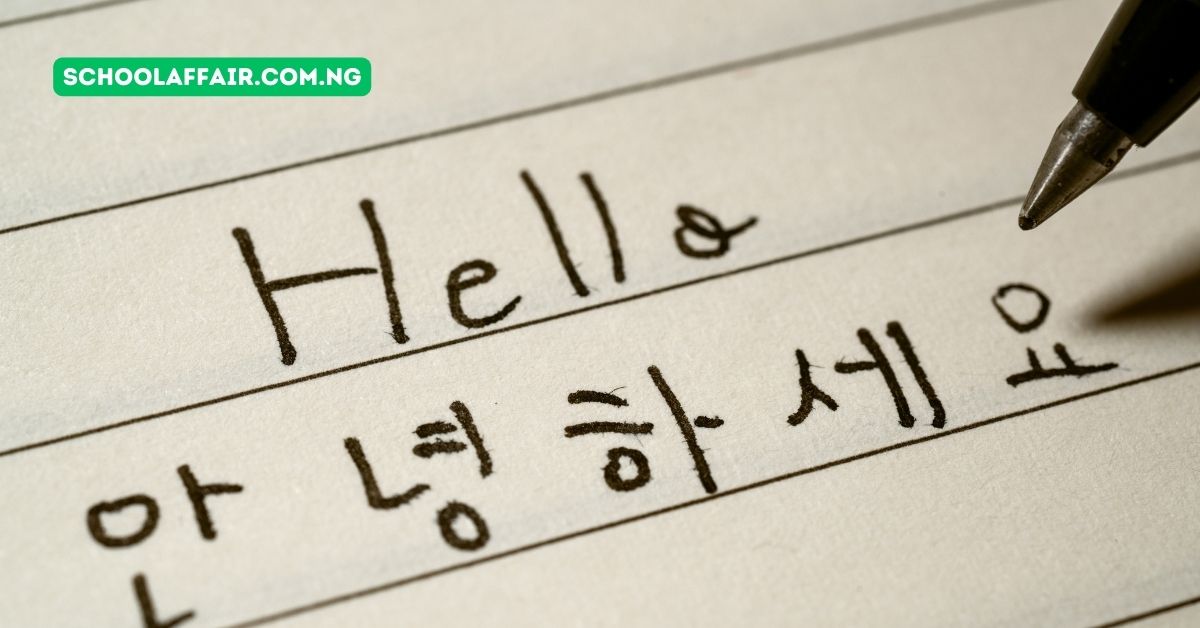The 2024 Comprehensive Guide to Learning the Korean Alphabet: How to Master It Now
Are you ready to embark on a fascinating journey into the world of the Korean language? The first step to mastering this unique and rich language is understanding its script, the Korean alphabet, known as Hangul. In this comprehensive guide, we’ll delve into the history, structure, and techniques for effectively learning Hangul, paving the way for your exciting Korean language adventure.
The Origins of Hangul: A Historical Perspective
The Korean language underwent a significant transformation in the 15th century, when King Sejong the Great introduced Hangul. Before this groundbreaking development, Korean was primarily written using complex Chinese characters, creating a barrier for the average person to read and write. Hangul, with its 24 letters, including 14 consonants and 10 vowels, was designed to be more accessible and efficient.
Getting to Know Hangul: Consonants and Vowels
Hangul’s beauty lies in its simplicity and logical structure. Let’s familiarize ourselves with the consonants and vowels that form the backbone of the Korean alphabet:
Consonants:
- ㄱ – geek – [g]
- ㄴ – noun – [n]
- ㄷ – digest [d]
- ㄹ – real – [r/l]
- ㅁ – museum – [m]
- ㅂ – lineup – [b/p]
- ㅅ – spot – [s]
- ㅇ – being silent at the beginning, [ng] at the end
- ㅈ – jieut – [j]
- ㅊ – client – [ch]
- ㅋ – kick – [k]
- ㅌ – test – [t]
- ㅍ – pileup – [p]
- ㅎ – hit – [h]
Vowels:
- ㅏ – a – [a]
- ㅑ – ya – [ya]
- ㅓ – eo – [eo]
- ㅕ – yeo – [yeo]
- ㅗ – o – [o]
- ㅛ – yo – [yo]
- ㅜ – u – [u]
- ㅠ – yu – [yu]
- ㅡ – eu – [eu]
- ㅣ – i – [i]
Learning Hangul Effectively: Techniques and Tips
Now that we’ve acquainted ourselves with Hangul, let’s explore effective techniques for learning and mastering this fascinating script:
1. Familiarize yourself with pronunciation:
- Practice pronouncing each letter until you are comfortable with the sounds. Utilize online resources, including videos, for guidance.
2. Memorize the letters:
- Repetition is key. Practice writing the letters and saying their names until you can recognize each one by sight.
3. Use online resources:
- Explore online platforms like Preply for personalized lessons with tutors who specialize in teaching Korean. Additionally, leverage Korean learning apps, videos, and podcasts.
4. Practice, practice, practice:
- Regular, dedicated practice is essential. Create flashcards, engage in language exchange, and use online quizzes to reinforce your knowledge.
5. Mnemonics and Associations:
- Create mnemonic devices or associations to aid memory. Associate each character with a word or image that starts with the same sound.
6. Break it down:
- Divide the alphabet into smaller groups to make the learning process more manageable.
7. Combine sounds:
- Once comfortable with individual letters, start combining them to form syllables, a critical step in constructing Korean words.
8. Write simple words:
- Practice writing basic Korean words to reinforce your ability to recognize and reproduce characters in context.
9. Utilize language apps:
- Incorporate interactive exercises and games from language-learning apps into your routine for a more engaging experience.
10. Immerse yourself:
- Immerse yourself in the Korean language by watching dramas, listening to K-pop, and following Korean media. Exposure reinforces what you’ve learned and exposes you to natural pronunciation.
11. Seek feedback:
- Connect with native Korean speakers for feedback on pronunciation and writing. Constructive criticism is invaluable for improvement.
12. Stay consistent:
- Consistency is key to language learning. Make learning the Korean alphabet a daily habit for steady progress.
Conclusion:
Congratulations on taking the first step in understanding the Korean language, Hangul. As you continue your journey, remember to stay committed and curious, and enjoy the process. Learning Hangul will open doors to a new linguistic and cultural experience, whether you’re interested in K-dramas, K-pop, or the rich cultural heritage of Korea. Happy learning!



